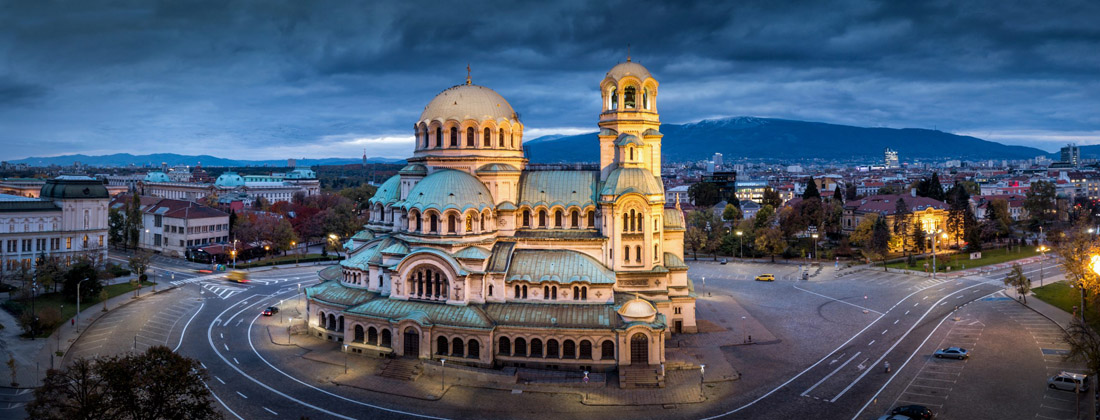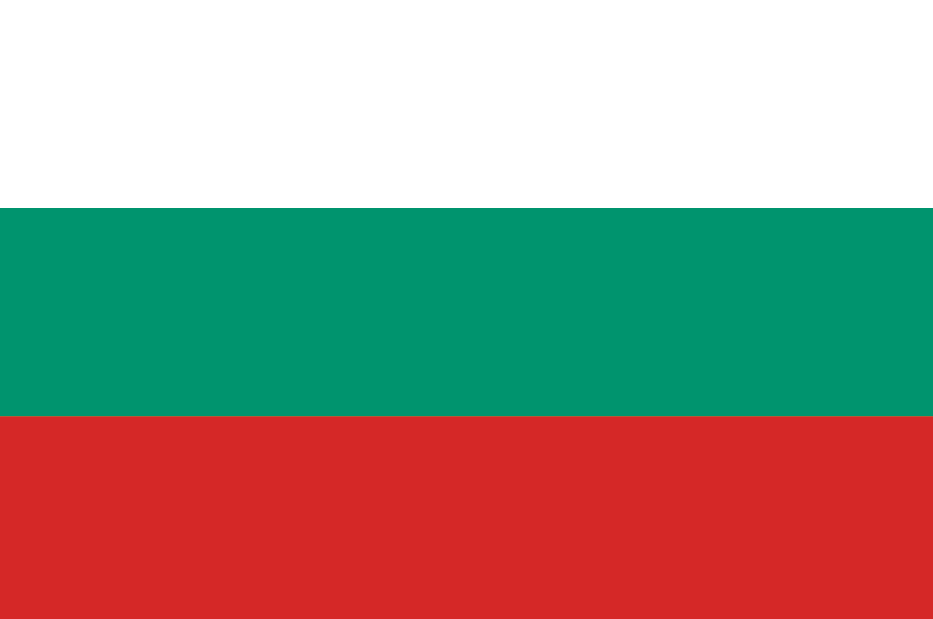Travel Destination
Bulgaria
From the golden beaches of the Black Sea to the ancient charm of Sofia and Plovdiv, Bulgaria unfolds as a hidden gem in Eastern Europe. Bulgarian, a Slavic language, adds a melodic touch to your exploration of Thracian tombs, Byzantine churches, and medieval fortresses. Indulge in the rich flavors of Bulgarian cuisine, ski in the majestic mountains of Bansko, and let the warm hospitality of the locals transform your journey into a tapestry of history, culture, and natural beauty.

Sofia
Sofia, the vibrant capital of Bulgaria, is a fascinating blend of ancient history and modern energy. The city’s rich heritage is evident in its Roman ruins, majestic cathedrals, and charming old town. Moreover, Sofia offers a dynamic cultural scene with theaters, museums, and bustling markets. As you wander through the city, you’ll be captivated by its architectural beauty, such as the iconic Alexander Nevsky Cathedral and the historic Banya Bashi Mosque. With its welcoming atmosphere, delightful cuisine, and diverse attractions, Sofia promises an enriching and memorable experience for every traveler.
Plovdiv
Plovdiv, one of Europe’s oldest cities, exudes an irresistible charm that captures the hearts of visitors. With a captivating blend of ancient ruins, medieval architecture, and a vibrant modern scene, Plovdiv offers an unforgettable journey through time. Explore the well-preserved Roman amphitheater, stroll along the cobbled streets of the Old Town, and marvel at the colorful houses in the Kapana artistic district. As you indulge in local cuisine and immerse yourself in cultural festivals, Plovdiv’s warm hospitality will make you feel right at home. Discover the rich history and vibrant ambiance that make Plovdiv a must-visit destination in Bulgaria.
Rila Monastery
Rila Monastery, a UNESCO World Heritage Site, is a breathtaking masterpiece nestled in the Rila Mountains of Bulgaria. Steeped in history and spirituality, the monastery’s awe-inspiring architecture and frescoes captivate visitors. Take a stroll through the tranquil courtyard, visit the ornate church, and admire the intricate woodcarvings. Surrounded by natural beauty, Rila Monastery offers a serene escape and a chance to connect with Bulgarian culture and religious traditions. Whether you’re a history enthusiast or a nature lover, this iconic landmark will leave an indelible impression on your soul.
Nesebar
Nesebar, a gem on Bulgaria’s Black Sea coast, transports visitors back in time with its rich history and charming architecture. Stroll through the narrow cobblestone streets of the Old Town, adorned with ancient ruins and medieval churches. As you explore the town’s cultural heritage, you’ll be captivated by the stunning sea views from the peninsula. Don’t miss the opportunity to relax on the sandy beaches or indulge in fresh seafood at the local restaurants. Nesebar’s unique blend of history, seaside beauty, and vibrant atmosphere makes it a must-visit destination for any traveler.
Bansko
Nestled in the scenic Pirin Mountains, Bansko is a popular Bulgarian city that combines historical charm with thrilling outdoor activities. Wander through the streets of the Old Town and marvel at its well-preserved traditional houses. During the winter months, Bansko transforms into a bustling ski resort, offering excellent slopes and modern facilities for winter sports enthusiasts. In the summer, adventurers can explore the surrounding mountains through hiking trails and enjoy breathtaking panoramic views. Bansko promises an unforgettable experience for every traveler.
Veliko Tarnovo
Nestled in the heart of Bulgaria, Veliko Tarnovo is a captivating city steeped in history and culture. The city’s most iconic landmark is Tsarevets Fortress, perched on a hilltop, offering panoramic views of the surrounding landscapes. Explore the medieval streets of the Old Town, where traditional Bulgarian houses and cobblestone alleys transport you back in time. Veliko Tarnovo is a hub of hosting various cultural events and festivals throughout the year. With its rich heritage, and charming ambiance, Veliko Tarnovo promises an enchanting experience for every visitor.
Country information
Country codes: BG, BGR (ISO 3166-1)
Population: 7 000 039 (2018)
Currency: Bulgarian lev (лв, BGN)
Calling code: +359





